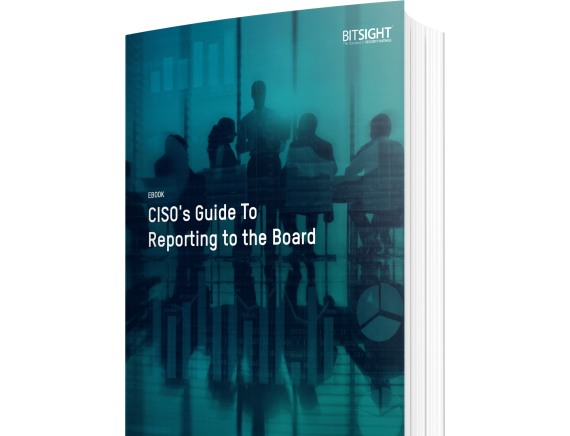Get the inside scoop on the metrics that matter.
The Top 10 Cybersecurity Articles Of 2017: A Recap
Tags:

2018 is right around the corner, and while we’re looking forward to what’s coming, we’re also thinking back on the best of this year. Here’s a look at 10 of our most frequently viewed cybersecurity articles in 2017.
1. Cybersecurity Compliance: Regulations For 7 Industry Sectors
Cybersecurity regulations have increased over the last five to 10 years in a handful of sectors—most notably financial, retail, healthcare, defense, consumer data, insurance, and energy. This post examines how those regulations have been implemented.
2. 13 Cybersecurity Training Tips For Employees (From 7 Insiders)
You might be a security expert, but not everyone in your company is. That’s one of the reasons why training your employees on cybersecurity is so important. This article offers 13 tips that will help you create (or fine tune) your training program. (You probably didn’t think that the rules your mother taught you way back when also apply to good cyber hygiene—check out #5 for more details.)
3. Understanding The Effect Of DOUBLEPULSAR And WannaCry Across Industries Is The Key To Protecting Your Supply Chain
This data-rich post explains more about the DOUBLEPULSAR and WannaCry attacks, which industries have been affected the most, and how Bitsight can help you expose any of your third parties that have been impacted.
4. Cybersecurity Risk: A Thorough Definition
The classic risk definition is threat times vulnerability times consequence. In cybersecurity, there will always be vulnerabilities and threats—so lessening the potential consequence is your best course of action. This post further defines cybersecurity risk and names four things you should do to minimize the consequences associated with a data breach.
5. 5 Credible Cybersecurity Threats To The Financial Services Sector
While financial services is seen as a mature sector when it comes to cybersecurity, it’s also a major target due to the nature of the the relevant data. With that in mind, it’s important for those in the industry to be well-versed on those areas with the greatest threat potential. Five of those—including fourth-party risk—are outlined in this article.
6. CIO Vs. CISO: Who Does What?
Chief information officers and chief information security officers are both critical in managing security risk, but their roles are not the same. This article explains the differences, and, more importantly, discusses why a good CIO/CISO relationship is so crucial for cybersecurity health.

7. Cybersecurity In The Boardroom: A Complete Guide For Security Professionals
Boards today are so much more savvy about cyber risk than they were 10 to 20 years ago. Board members know now that cybersecurity can be a competitive differentiator, and they want to ensure their company is staying on top of things. This article can help you present on cybersecurity to this audience more effectively. It also details three cybersecurity policies to put in place now that will help prevent future threats.
8. What You Need To Know About Fourth Party Vendor Risk
Third-party vendor risk has been a hot topic for years, but has your company paid any attention to fourth-party vendor risk? Fourth parties—or subcontractors for your vendors—are increasingly vulnerable to attack and deserve your attention. This article offers four tips on how to manage this risk, and why it’s so important that you take this threat seriously.
9. 7 Of The Best Outlets For Data Breach News
Staying updated on recent data breaches is an important practice for those in the security field. You might have a go-to website or blog you rely on for news, but we suggest bookmarking all seven of these outlets to ensure you stay in-the-know.
10. 4 Things You Should Include In Your Data Breach Response Plan
One of your primary goals is to prevent data breaches from happening—but you need a second line of defense. A data breach response plan outlines precisely what key players in your company will do if your data has been compromised. This article explains the four things you must include in your response plan, and why practicing is so important.
Make it your goal for 2018 to communicate more effectively when presenting cybersecurity to the Board.
This free guide will improve your presentation style, help you choose metrics the Board will care about, and point out things to keep in mind before, during, and after you present. Happy New Year from the Bitsight team!


